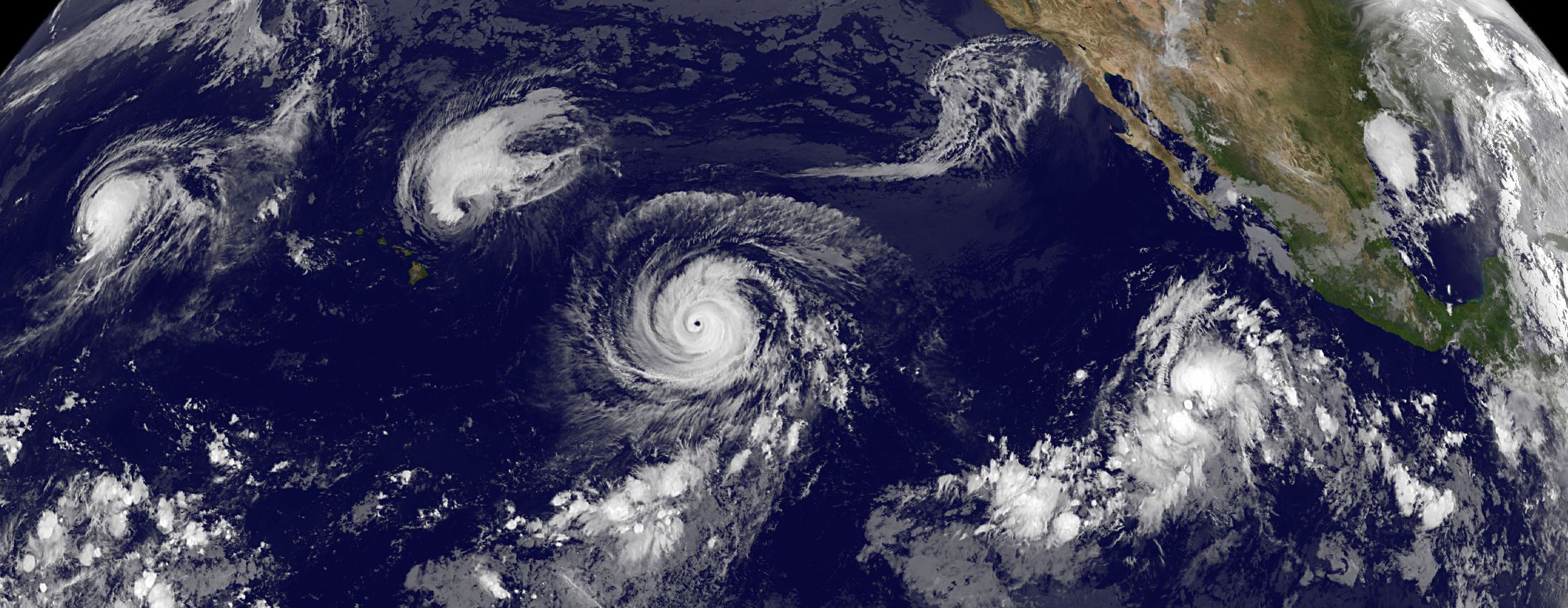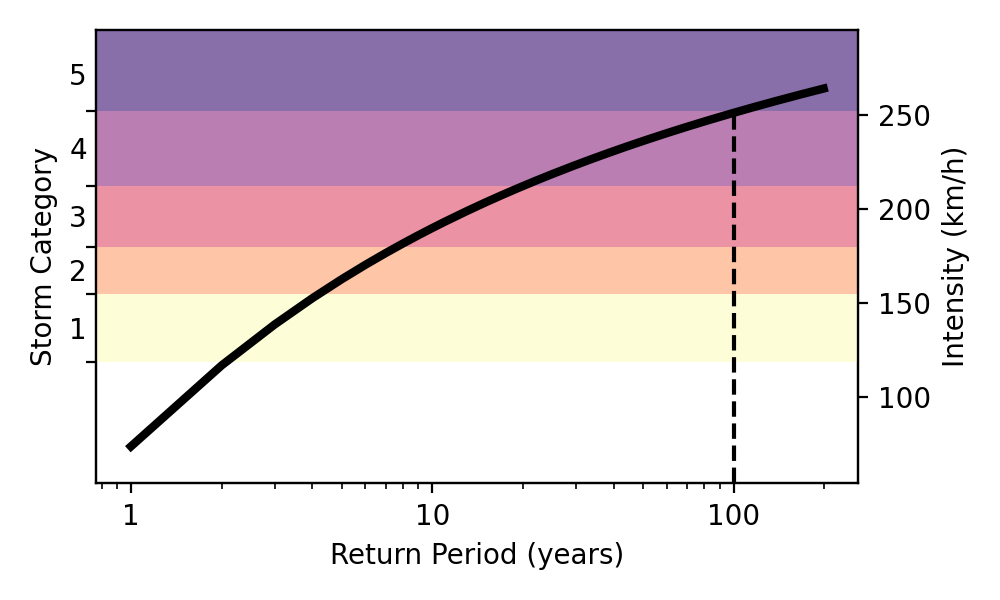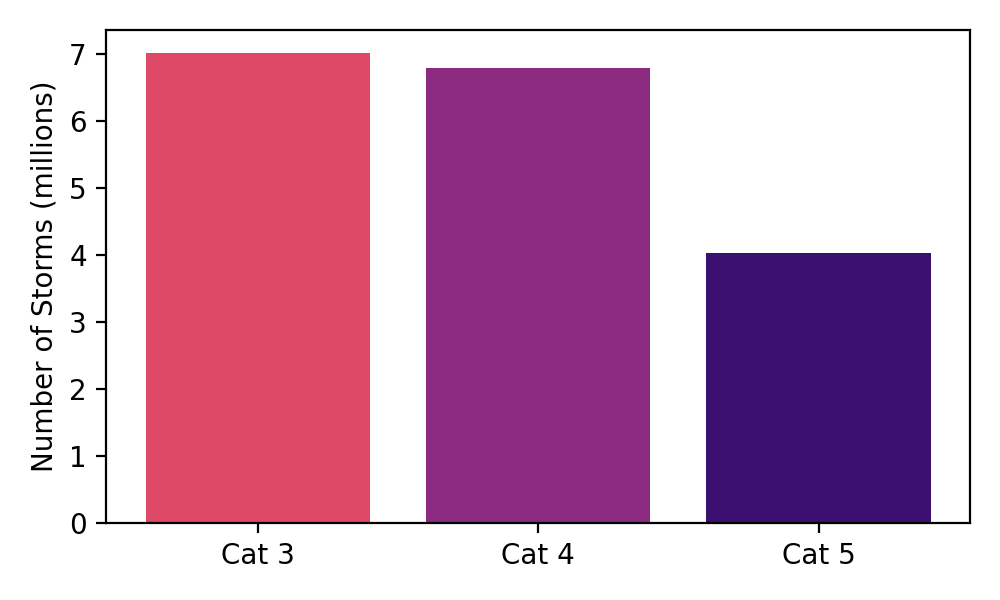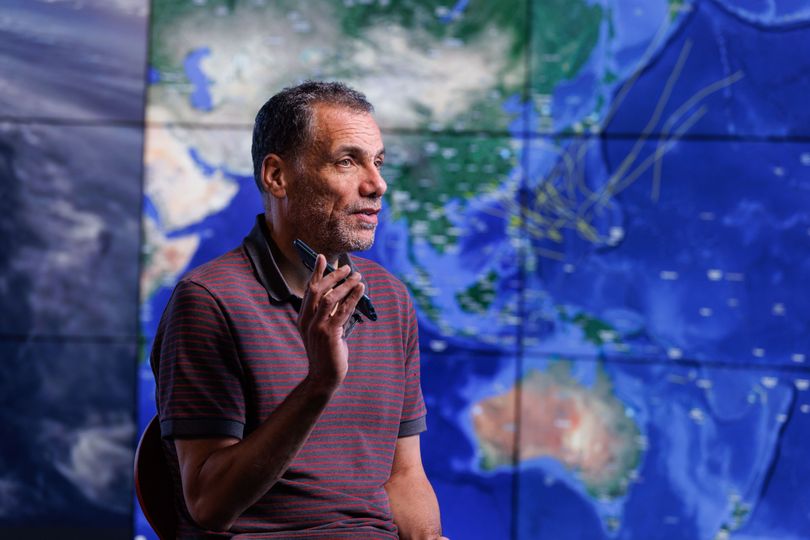Modelling tropical cyclones
 [Satellite image of four tropical cyclones across the Pacific Ocean on 1 September 2015 (c) NASA]
[Satellite image of four tropical cyclones across the Pacific Ocean on 1 September 2015 (c) NASA]
Newsflash
Hurricane Idalia was a Category 4 storm that made landfall in Florida on 30 August 2023. IRIS estimates that, at landfall, Hurricane Idalia was a once-in-25-year event.
Tropical Cyclone Mocha was a Category 4 storm that made landfall in Myanmar on 14 May 2023. IRIS estimates that, at landfall, Hurricane Roslyn was a once-in-30-year event.
Join IRIS
The DreamLab app is available on Play Store and APK for Android, and the App Store for iOS.
Imperial Community Magazine
Learn more about this initiative, including its background, methods, results and outcomes in Imperial Community Magazine's coverage: Harnessing the winds of change
Tropical cyclones, hurricanes or typhoons are one of the deadliest and damaging natural hazards. However, calculating the risk of tropical cyclones at a global scale is difficult because of a lack of data. Globally there are only about six very damaging tropical cylones every year, and most countries only have reliable observations for the less than 40 years. Yet there are nearly a billion people exposed to tropical cyclones. To build resilience to these storms, and reduce the damage they cause, communities need to better understand how likely they are to occur.
How likely is a very damaging storm?
The Imperial College Storm Model (IRIS) project aims to help scientists and the public understand and predict the likelihood of a damaging storm using the computing power of smartphones on DreamLab. All of the data is freely available and will be updated frequently as we receive more model user data.
IRIS will simulate many “synthetic” tropical cyclones based on new physical algorithms that generate location, track, and wind speeds in physically informed way. Once we have enough synthetic cyclones, we can apply robust statistics. An important concept for understanding risk is the return period. For example, a 100-year return period storm refers to a storm that is expected to happen on average every 100 years (see Figure 2). We will also rapidly assess the return period for all real damaging storms making landfall throughout the world. We will provide a real time estimate of the return period based on IRIS here (see Newsflash).
Results
[Please enable cookies to see the map below]
Map
Figure 1. Map shows the return period of cyclones making landfall simulated during the entire project (October 2022-now). Click the icon for selected regions of interest. The map also shows Category 5 (their lifetime maximum) synthetic cyclones tracks (paths) simulated recently.

Figure 2. Illustration of the return period to understand the pop-ups in Figure1. In this example the dashed line shows a 100-year event would correspond to a Category 5 storm.

Figure 3. Number of model landfall damaging cyclones (Category 3, 4, 5) simulated recently by IRIS. We are generating over 100,000 storms every month.
Visualise the data
We now have some first results where all can examine the data. You can find them on the two portals below that are used for risk management, climate change adaptation and disaster risk reduction.
Questions?
For more discussion on the project, join the DreamLab forum on Reddit.
"It's easy to feel overwhelmed by the climate crisis, but with mass accessible projects like these, everyone has a chance to participate & help to bring scientific insights." - Paul, from Germany
Next steps
How much more likely are more damaging storms under climate change?
The impact of climate change on tropical cyclones is highly uncertain and one the greatest challenges. We will deploy IRIS in future DreamLab projects to assess climate change impact.
For more information, please contact us at grantham-communications@imperial.ac.uk.



